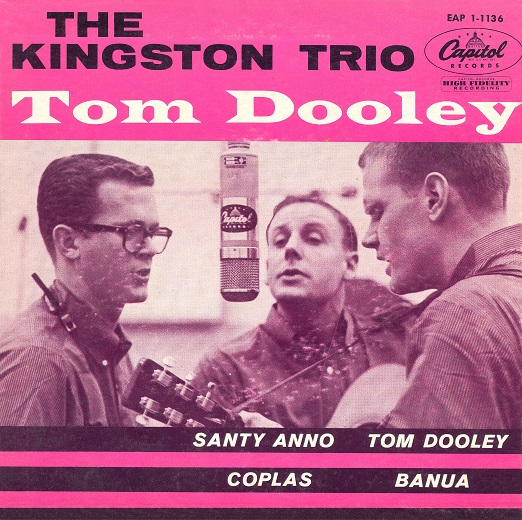The Four Preps
T he Four Preps were a white vocal harmony group that recorded for Capitol Records from 1956 to 1967. Bruce Belland sang lead tenor, Glen Larson, baritone, Marvin Inabnett (later changed to Ingram), high tenor, and Ed Cobb, bass. Their friend, Lincoln Mayorga, was an unofficial fifth Prep. He was their musical director, and played piano on and arranged many of their records. He also accompanied them in concert. They met while attending Hollywood High School in the early to mid-1950s.In fall 1955, when the school’s annual talent show had attracted only female participants, a desperate call went out to the student body to find guys with any kind of talent. Belland and company were singers in the school choir, so they quickly formed a group and, drawing on their love for vocal groups like the Crew Cuts, the Four Lads, and the Four Freshmen, worked up an act for the talent show. They called themselves the Four Preps. They were a huge hit and began accepting requests to perform at other engagements in the …



